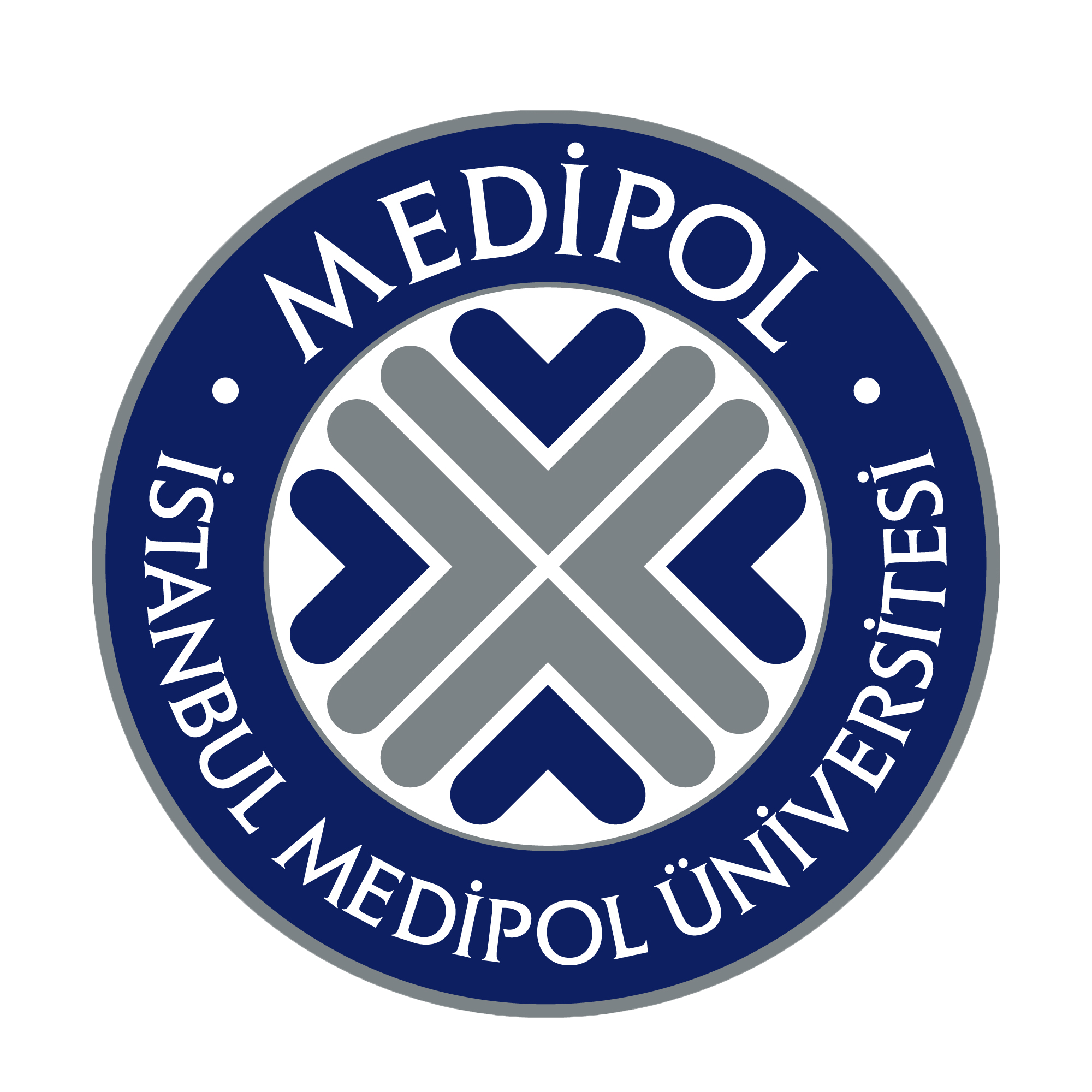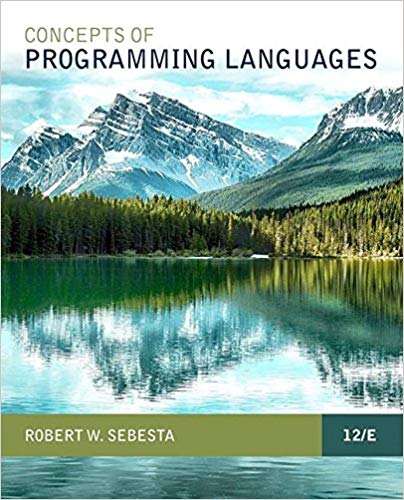Course Info:
The objective of this course is to study
the properties of programming languages in general, learn syntax
and semantics of programming languages, learn basic constructs that
are common to all languages, examine some of these constructs and
concepts for specific languages, introduce the main paradigms of
computation, languages representative of these paradigms, techniques
of implementing various programming language constructs, as well
as basic concepts relating to the specification of programming languages.
Prerequisite Courses
Object Oriented Programming
Required Text(s)
|
Sebesta, Robert W. Concepts of Programming Languages, 11th ed, Addison-Wesley, 2018 (html). |
|
Recomended Text(s)
- Michael Scott. Programming Language Prgramatics,
4th edition, Morgan Kaufmann, San Francisco, California, 2015.
-
R. Toal, R. Rivera, A. Schneider, and E. Choe, Programming Language
Explorations, CRC Press, 2017.
- Pratt, T.W. & M.V.Zelkowitz. Programming
Languages, Design and Implementation. Prentice Hall, 4th ed., 2001.
Meeting Times:
- Thursday 16:30 - 19:30, Location: Online
Grading:
| Evaluation Tool | Weight in % |
|---|---|
| Homework Assignments, Presentations & Projects |
20 |
| In-term Exams - Midterms - Quizes |
35 |
| Final | 45 |
Tentative Course Outline:
| WEEK | TOPIC(S) |
|---|---|
| 1 | Introduction |
| 2 | Evolution of Major Programming Languages |
| 3 | Describing Syntax and Semantics |
| 4 | Lexical and Syntax Analysis |
| 5 | Names, Bindings, Type Checking, and Scopes |
| 6 | Data Types |
| 7 | Expressions and Assignment Statements |
| 8 | Exam Week |
| 9 | Statement-Level Control Structures and Subprograms |
| 10 | Implementing Subprograms, Abstract Data Types and Encapsulation Constructs |
| 11 | Support for Object-Oriented Programming |
| 12 | Concurrency |
| 13 | Exception and Event Handling |
| 14 | Functional and Logic Programming Languages |

